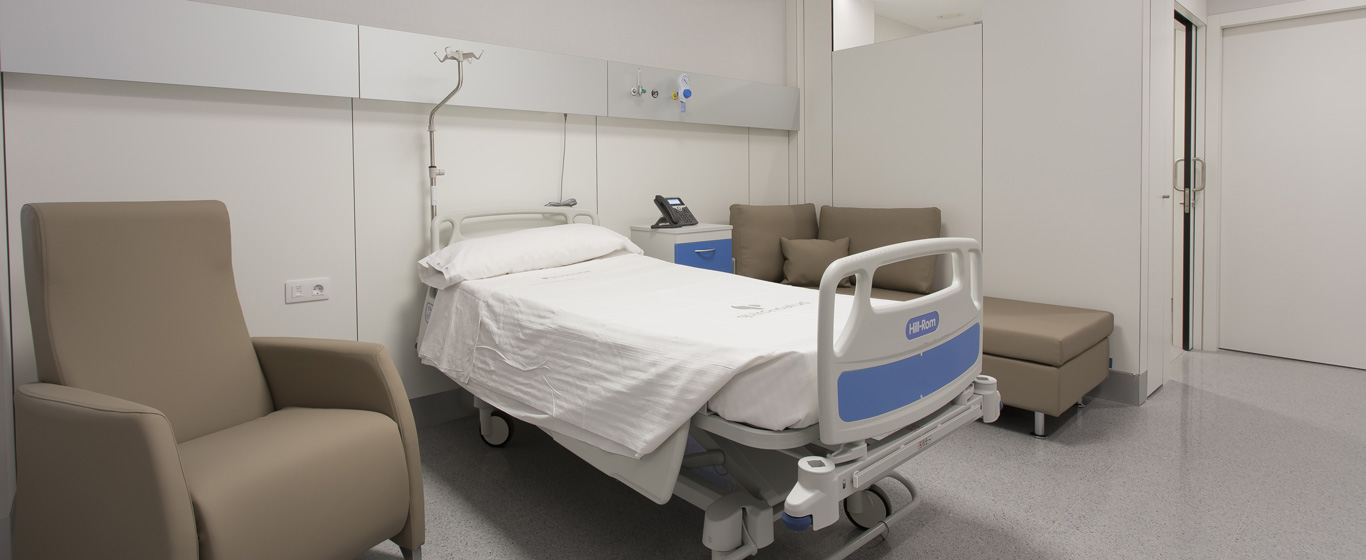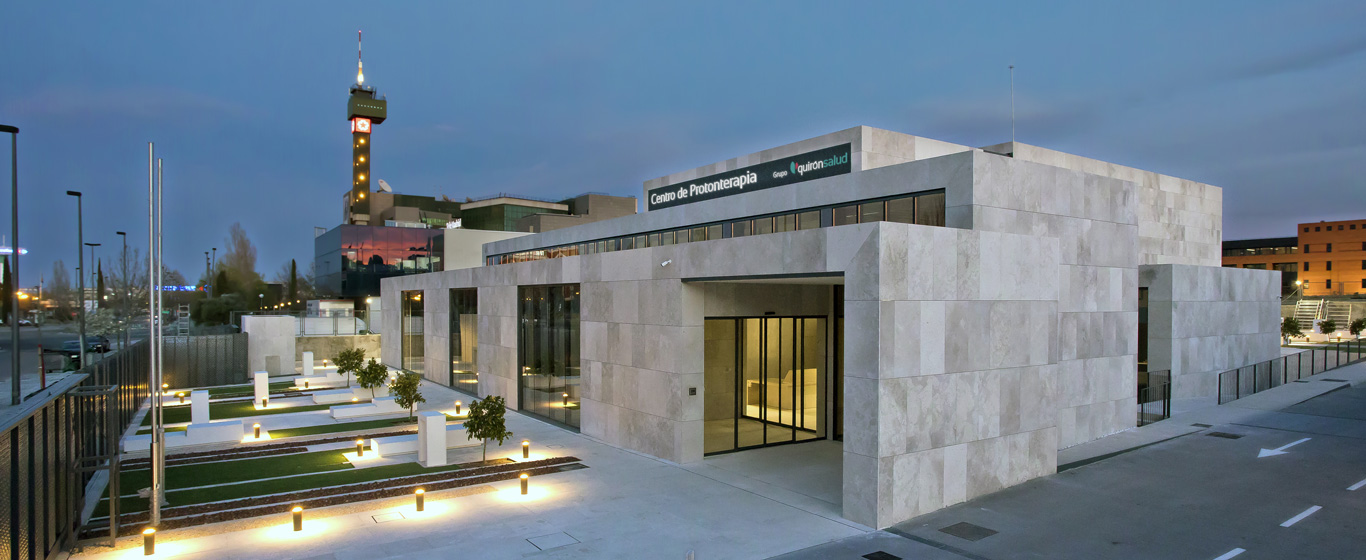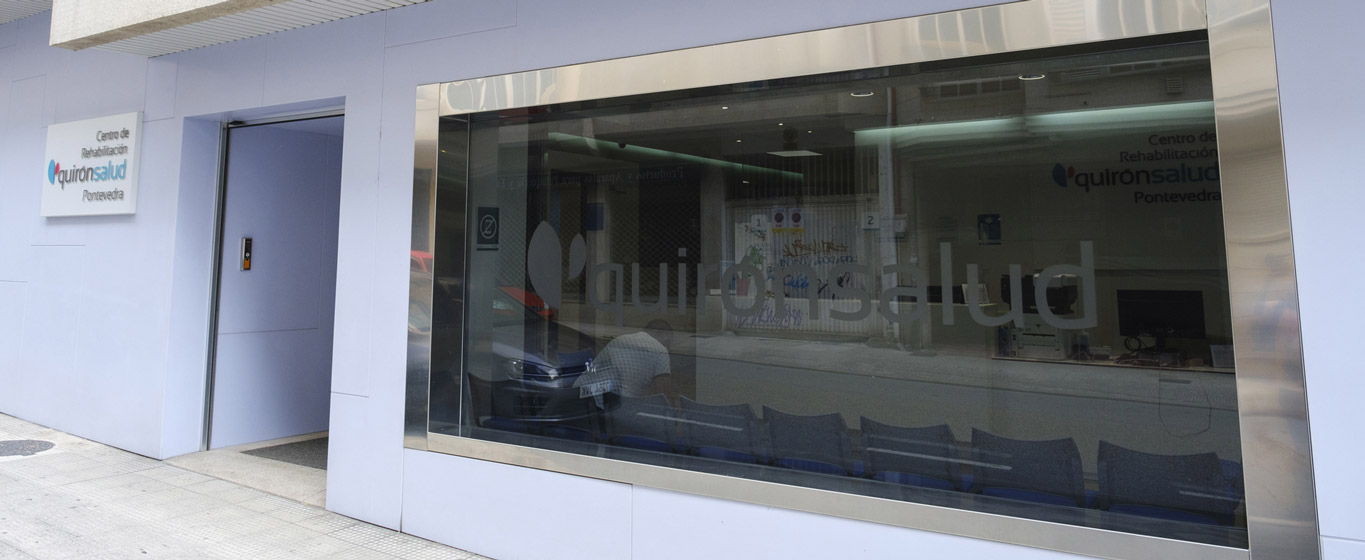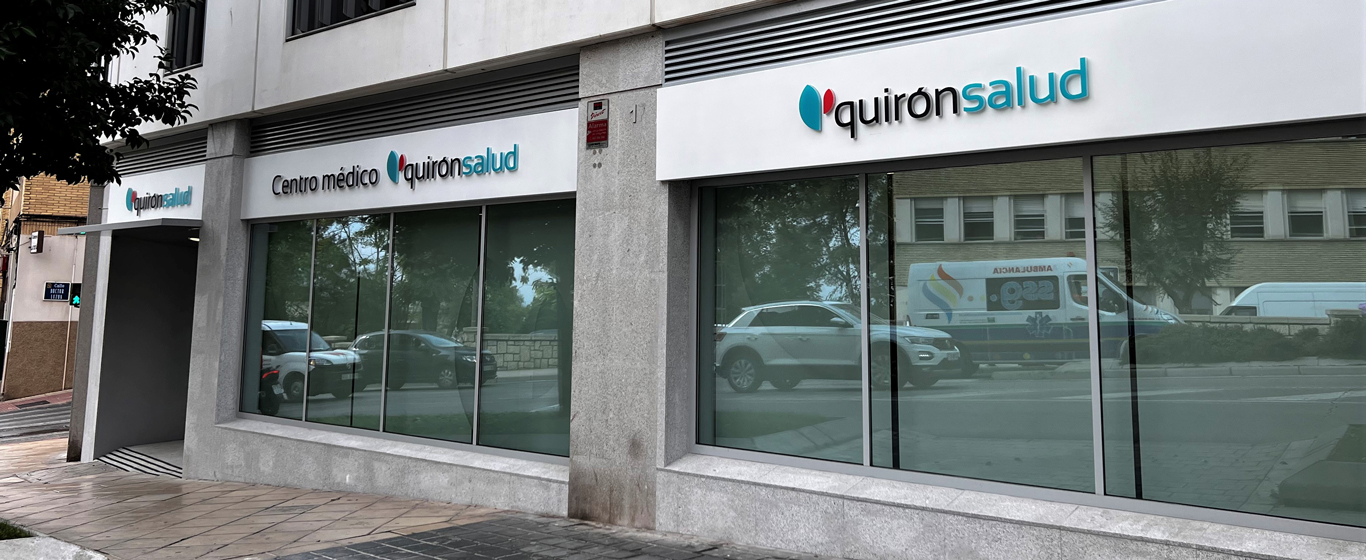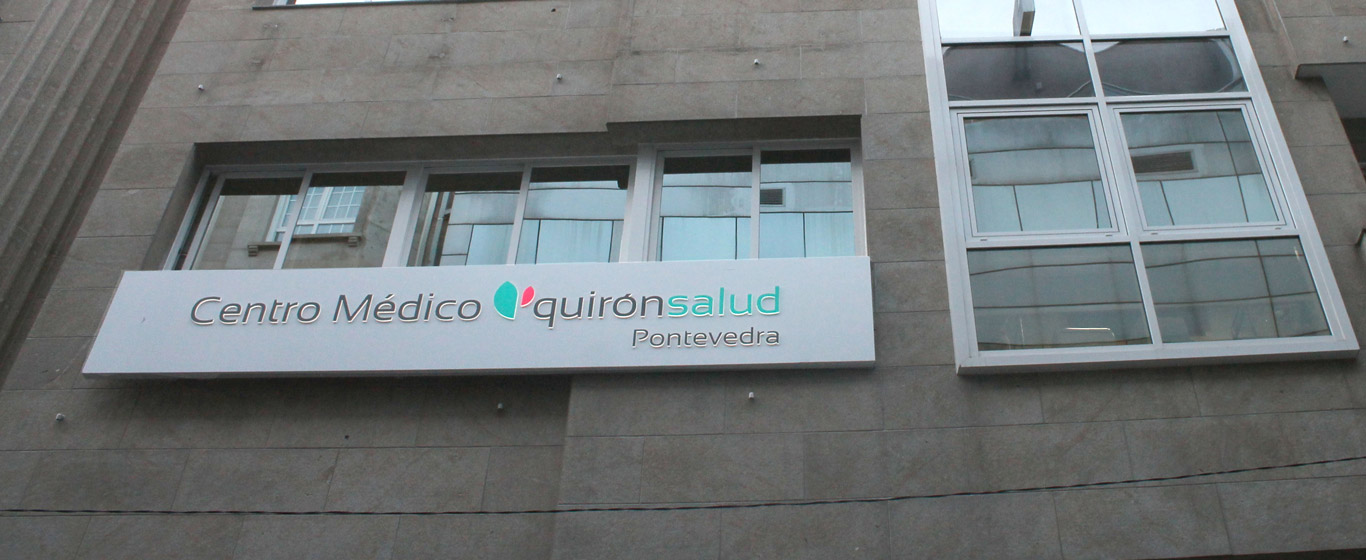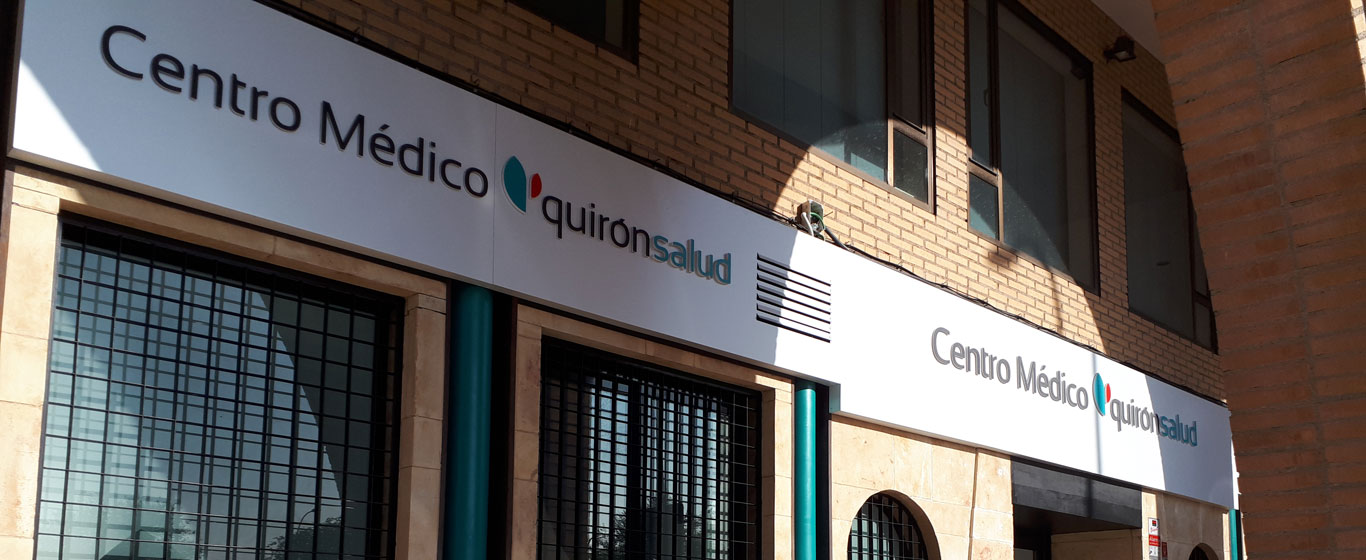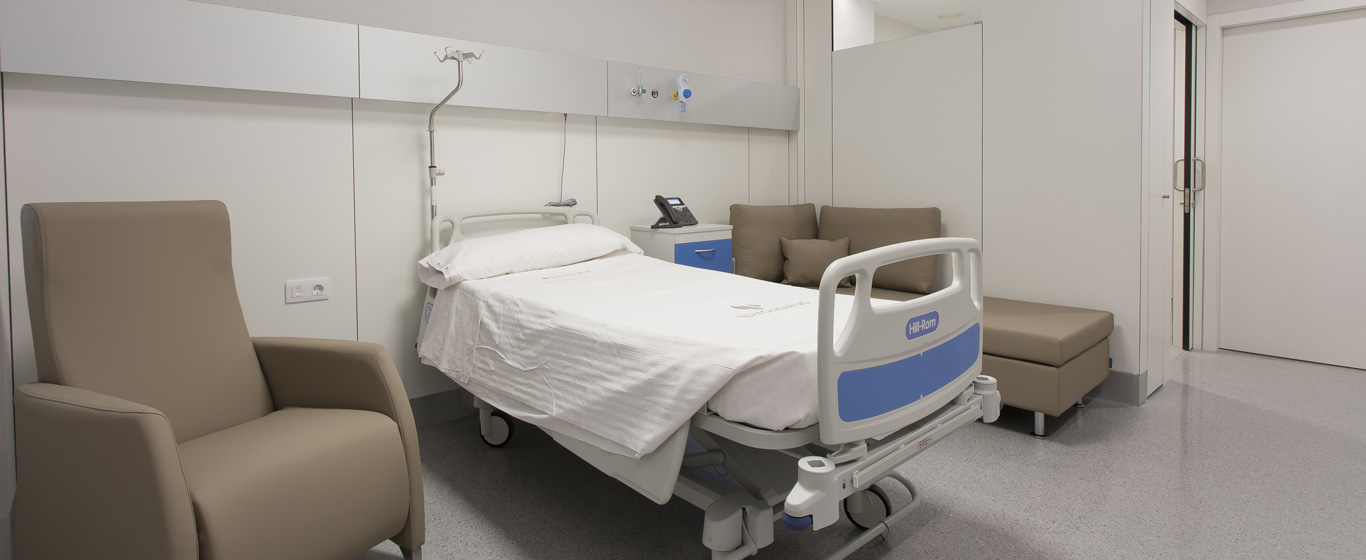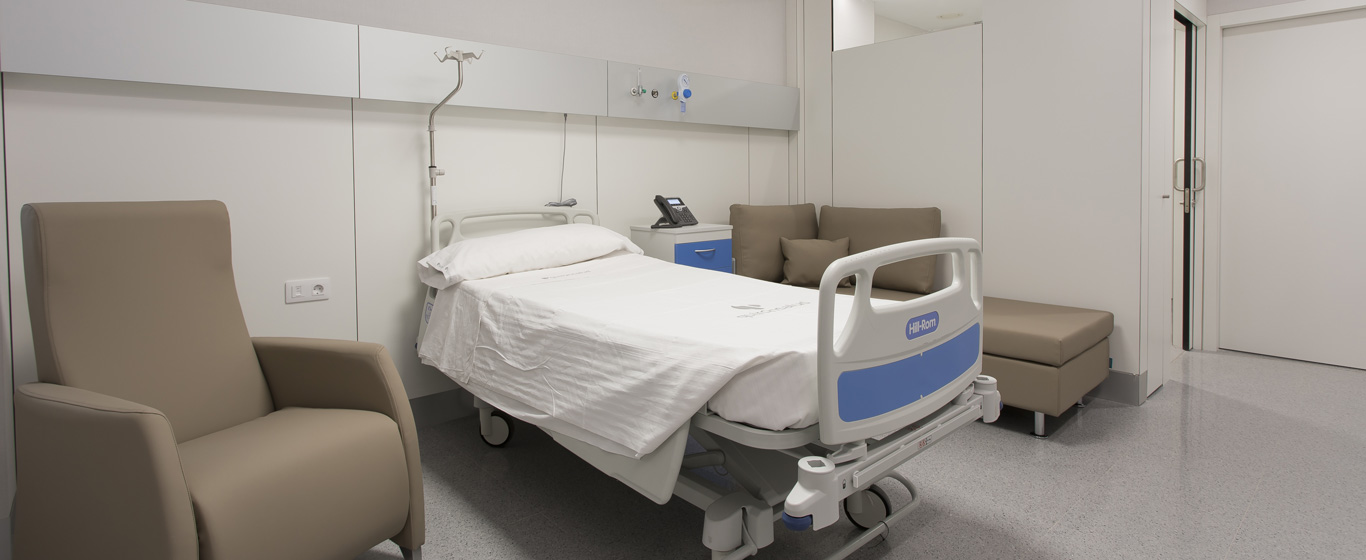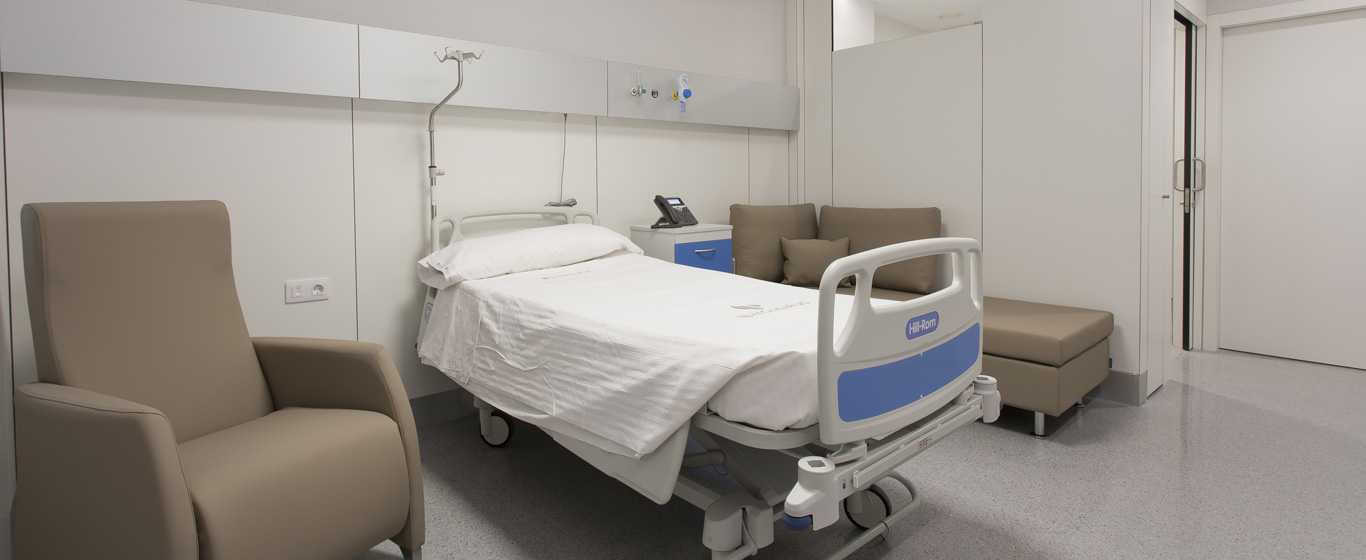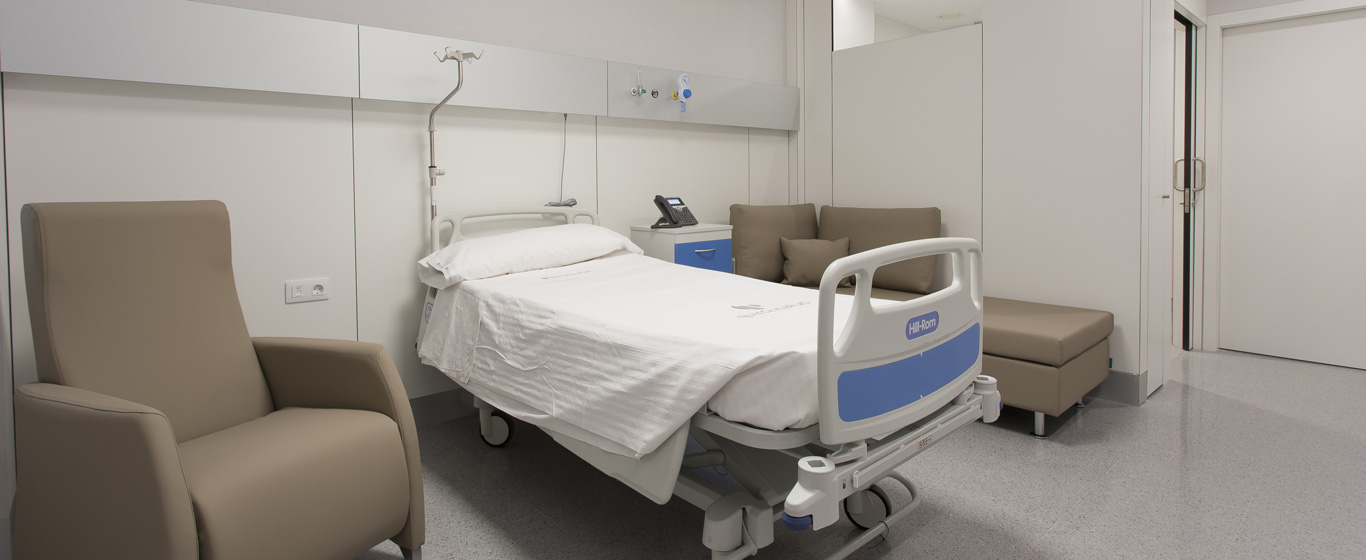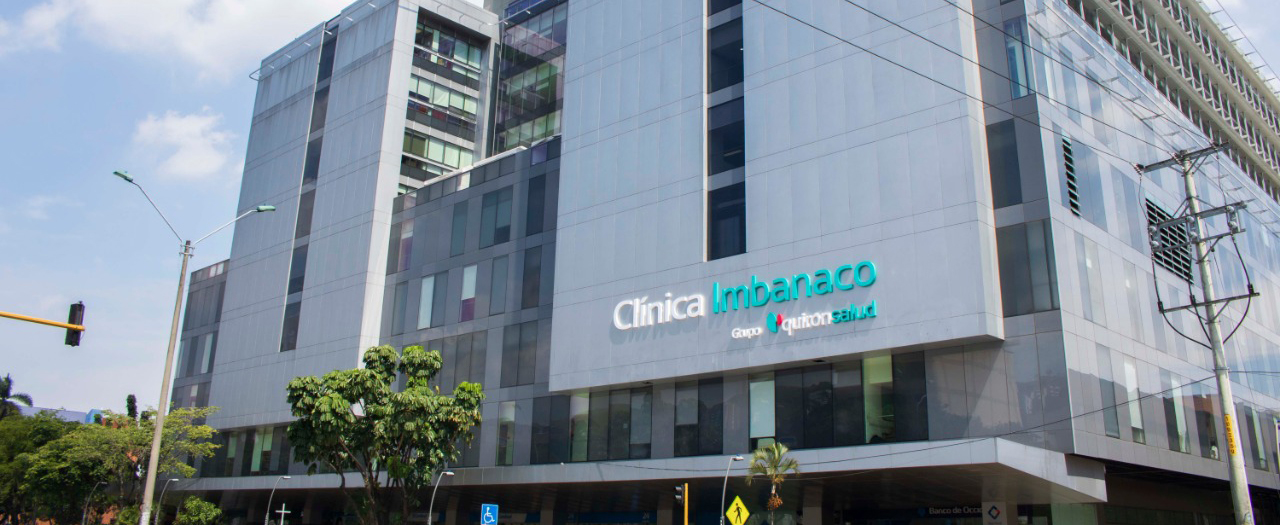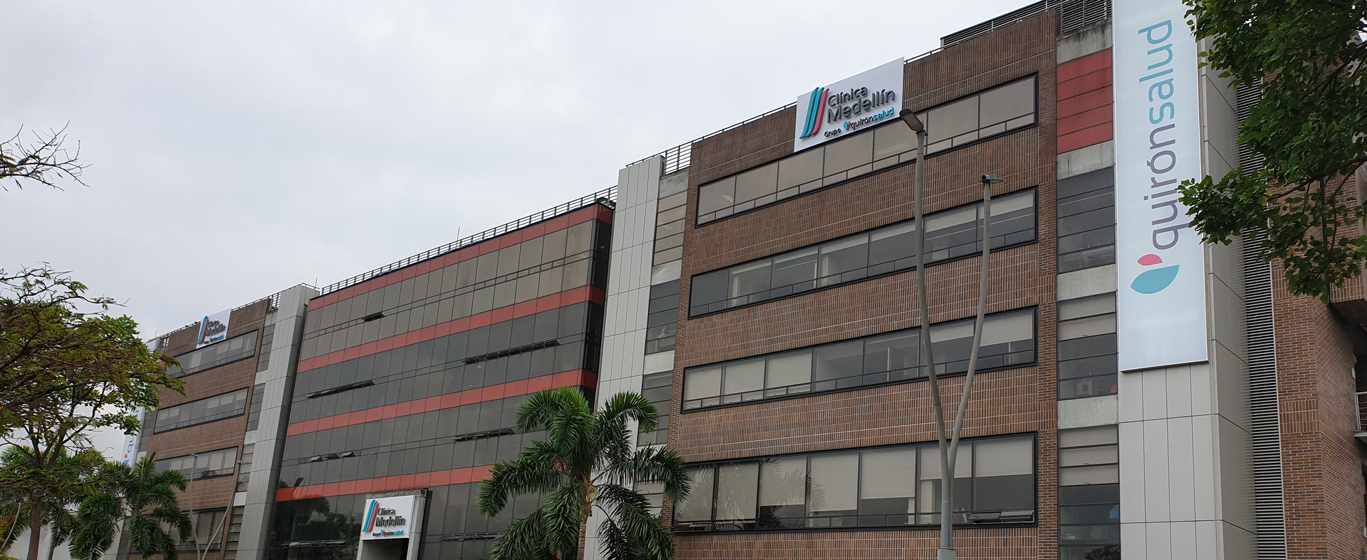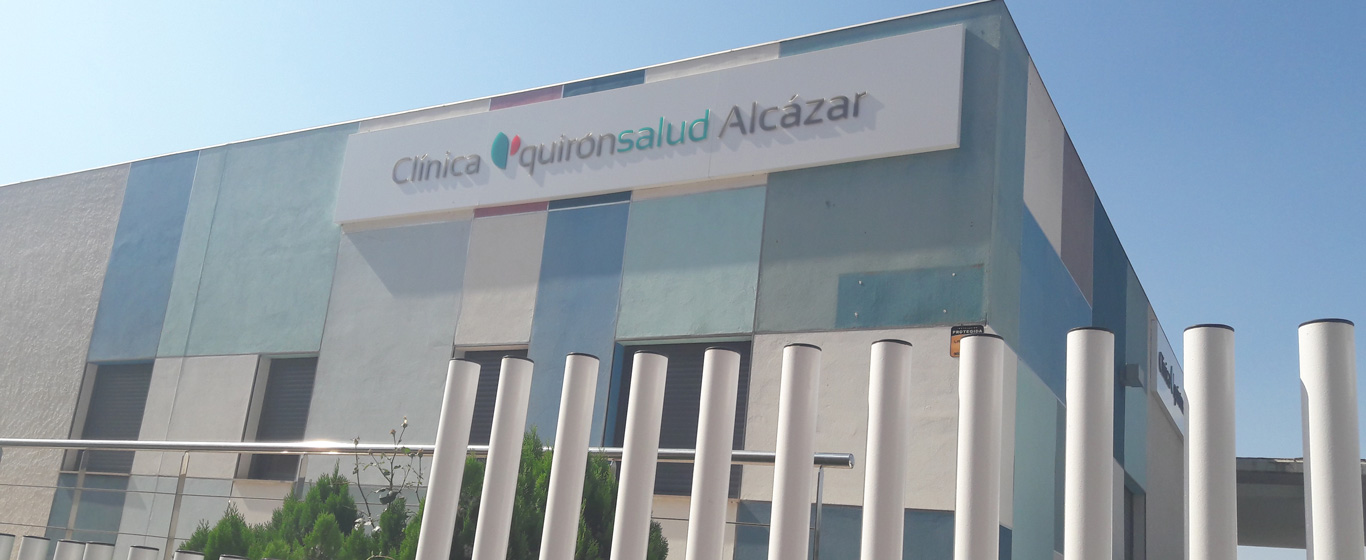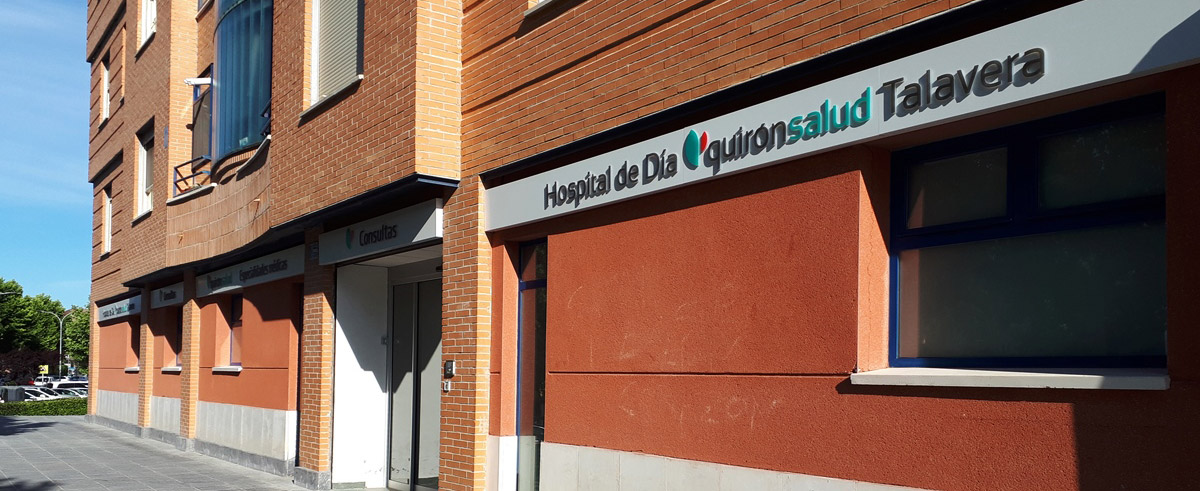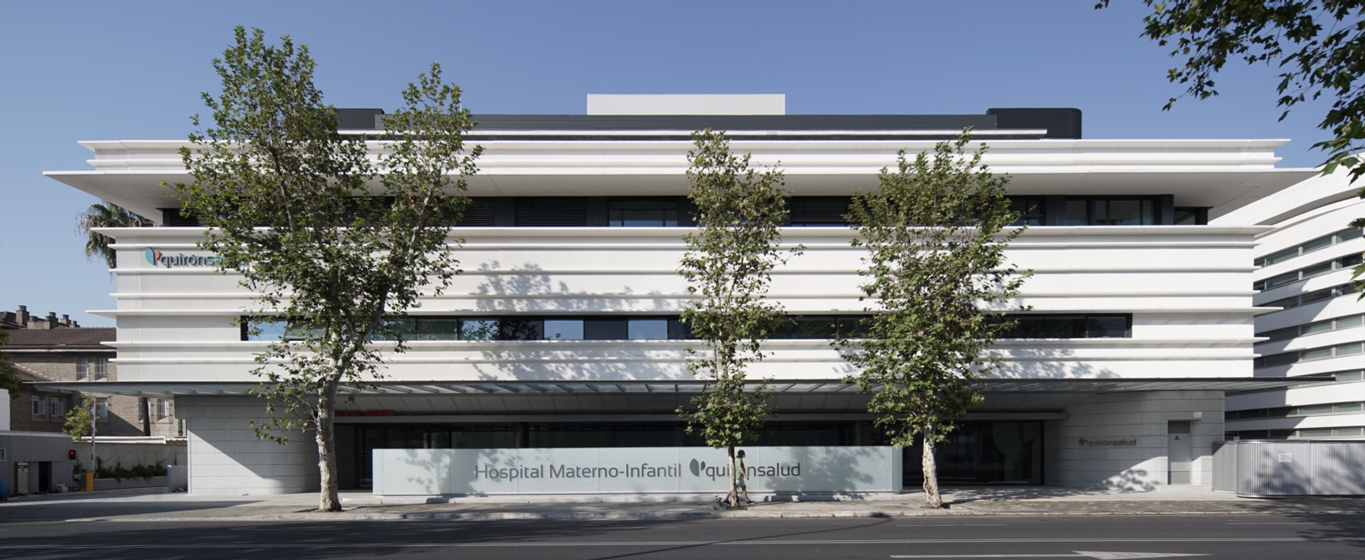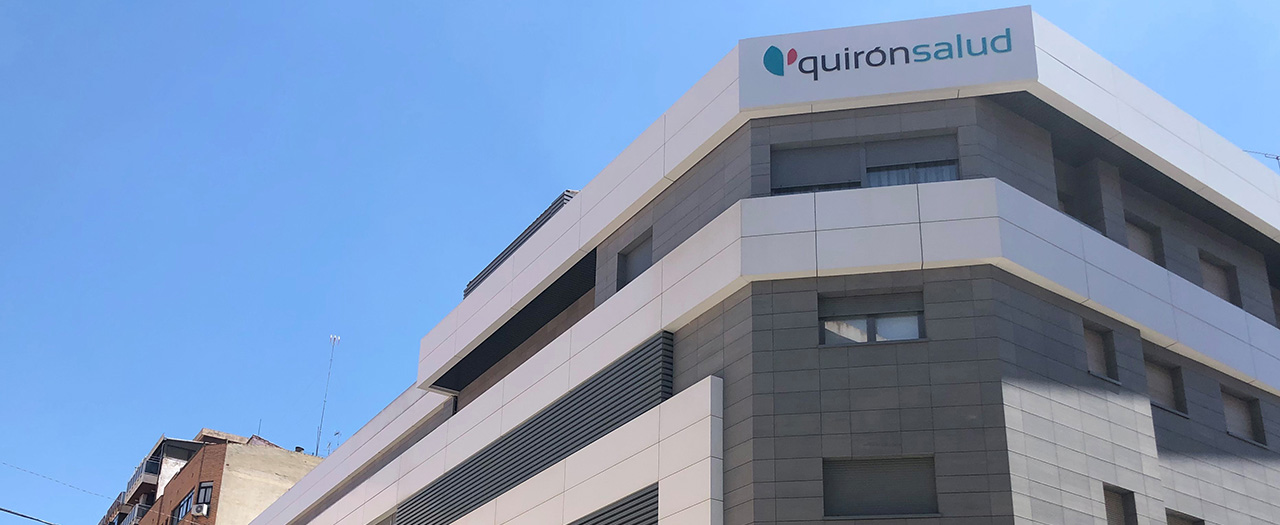Colposcopic Biopsy
A colposcopic biopsy involves collecting tissue samples from the lining of the cervix to assess the presence of abnormal cells. This procedure helps diagnose early-stage tumors as well as polyps or genital warts.

General Description
A colposcopic biopsy is a technique used to collect a tissue sample from the cervix to analyze abnormal cells previously detected in a Pap smear. To examine the area in detail and facilitate lesion identification, this procedure is guided by colposcopy. Colposcopy involves inserting a special microscope (colposcope) through the vagina to visualize the area under examination, allowing for a magnified view of the cervix's lining.
The colposcope is equipped with multiple magnification lenses and a light source to provide high-quality images. Additionally, it has a camera at the tip, enabling later review or enlargement of the images.
Colposcopy-guided biopsy is one of the most commonly used methods to assess cervical neoplasms and determine their extent. It is an effective test for the early detection of cancerous cells and the diagnosis of other gynecological conditions.
When Is It Indicated?
A colposcopic biopsy is indicated in the following cases:
- Abnormal Pap smear results.
- Positive test for the human papillomavirus (HPV).
- Positive sexually transmitted infection (STI) test.
- Follow-up of a suspicious lesion.
- Monitoring the progression of a previous treatment.
This procedure is appropriate for analyzing polyps and genital warts, as well as in cases of suspected cervical cancer. It is a precise method for early detection of lesions or precancerous cells.
How Is It Performed?
With the patient in a gynecological position, a speculum is inserted into the vagina to facilitate its opening. Then, the colposcope is introduced, providing real-time images of the cervix.
Once a general view is obtained, diluted acetic acid is applied to cleanse the area and enhance the visibility of abnormal tissue, as this substance makes it stand out. To detect lesions that are not visible to the naked eye, an iodine solution (Schiller’s test) is used. This solution stains the cervical wall a dark brown color, while abnormal areas appear whitish.
Next, a specialized instrument is used to extract a portion of tissue from both the detected lesions and the inner part of the cervix.
Within 30 minutes of sample collection, the tissue is treated with a formalin solution (CH₂O) and preserved to prevent degradation or oxidation. In the laboratory, the tissue is sliced into thin sections and placed on a glass slide for microscopic examination by a pathologist. Staining techniques are commonly used to enhance the visualization of different cellular structures and detect abnormalities.
Risks
A colposcopic biopsy is a safe procedure and does not pose any health risks.
After the sample is collected, mild discomfort or light spotting may occur, which usually resolves on its own within a short period. In rare cases, an infection may develop after the procedure.
What to Expect from a Colposcopic Biopsy
It is recommended to wear comfortable, easily removable clothing, as underwear needs to be removed for the procedure. The medical facility provides a gown or sheet to cover the thighs and maintain privacy.
The patient lies on the examination table with legs apart and supported by stirrups. It is advisable to avoid tensing the muscles and remain as relaxed as possible to minimize discomfort from the speculum. The colposcope does not come into contact with the vagina or cervical tissue, as it remains at a slight distance to capture images. However, contact is felt when the cleansing and staining solutions are applied, though these are not painful. When the tissue sample is taken, a scraping sensation is felt, which may be uncomfortable or painful depending on the patient’s sensitivity.
A colposcopy-guided biopsy typically lasts about 10 minutes.
After the procedure, mild spotting may occur, requiring the use of a sanitary pad for three to four days. The iodine solution may also be expelled as a dark discharge. Some women experience vaginal discomfort for one or two days. Medical attention is only necessary if the bleeding is heavier than menstrual flow or if fever develops.
The results are available a few days later during a follow-up appointment.
Specialties That Perform a Colposcopy-Guided Biopsy
A colposcopic biopsy is performed in the fields of gynecology and oncology. Laboratory analysis is conducted by specialists in pathology.
How to prepare
Before undergoing a colposcopy-guided biopsy, it is advisable to follow these recommendations:
- Avoid sexual intercourse for 48 hours before the procedure.
- Discontinue vaginal medications for two days prior.
- Refrain from using tampons for the week before the biopsy.
- Schedule the appointment outside of menstruation to ensure the uterus is completely clear.
- If routine gynecological exams and Pap smears tend to be painful, a pain reliever may be taken before the procedure.






